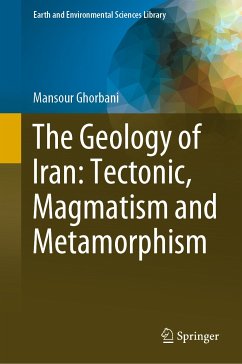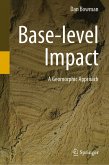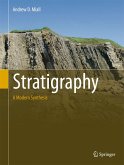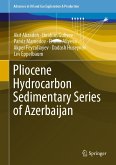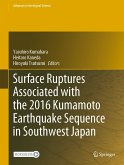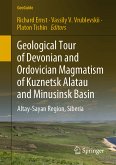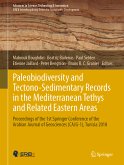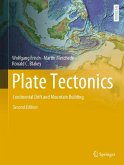This book describes the geological setting of Iran throughout geological history, referring to paleogeography and general geodynamics. Also, all structural units, faults, tectonic phases and orogeny occurred in the geology of Iran have been evaluated. Magmatic and metamorphic rocks along with ophiolitic complexes have extensive outcrops in Iran, and these rocks with Precambrian age constitute its basement. Study and identification of such rocks not only throws light on the geodynamic issues of Iran but also helps in recognition of the mode of formation and evolution of the sedimentary basins located within various structural divisions of the country. Moreover, the majority of metallic and non-metallic mineral deposits are associated either directly or indirectly with magmatic, and at time metamorphic, rocks. In the Magmatism and Metamorphism parts, it is tried to thoroughly consider the various aspects of the igneous rocks, whether intrusive, extrusive or young volcanoes, from the point of view of petrography, geochemistry and geodynamics. In addition, the major intrusive bodies of Iran have been presented along with their petrologic and chronologic specifications in tables, mentioning the bibliographic resources.
Dieser Download kann aus rechtlichen Gründen nur mit Rechnungsadresse in A, B, BG, CY, CZ, D, DK, EW, E, FIN, F, GR, HR, H, IRL, I, LT, L, LR, M, NL, PL, P, R, S, SLO, SK ausgeliefert werden.

